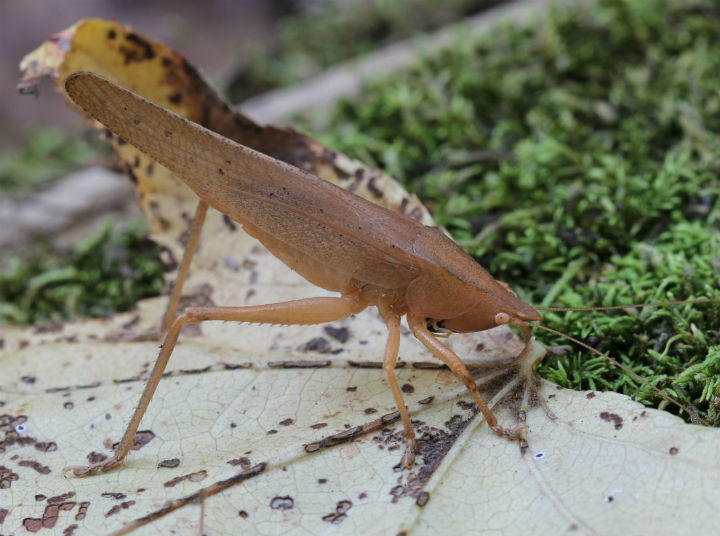Herping Snake Road (and the surrounding area) September 30 - October 4, 2018.
The following day I decided to check out the Cache River.
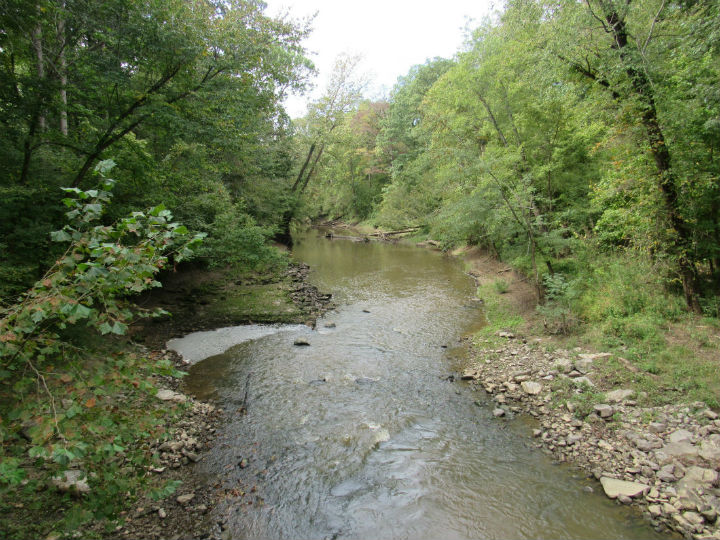
An old looking Cottonmouth that still retained much of its juvenile pattern.
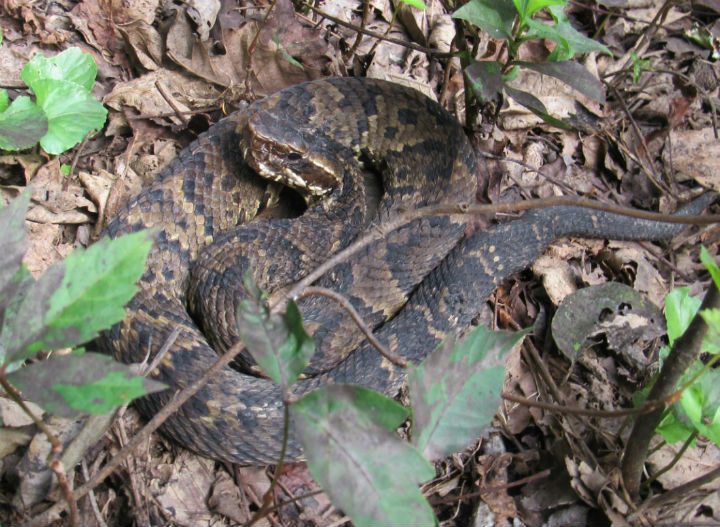
One of the most common amphibians that I saw wherever I went were Cricket Frogs.
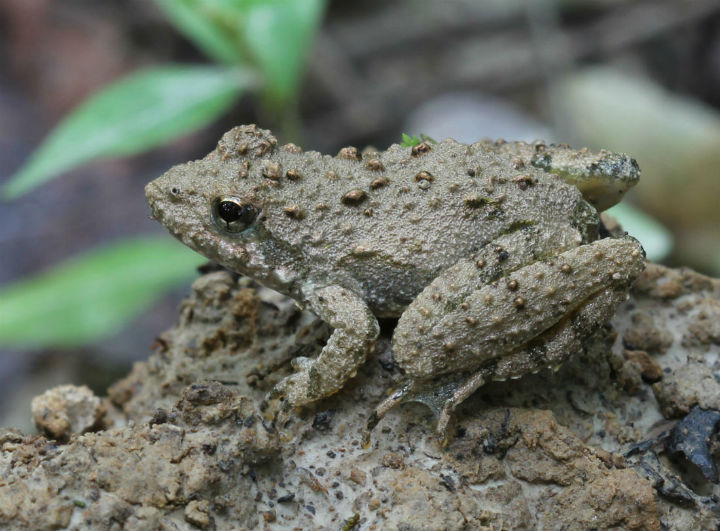
A very large group of Jack-O-Latern Mushrooms which have bioluminescent properties (they actually glow in the dark).
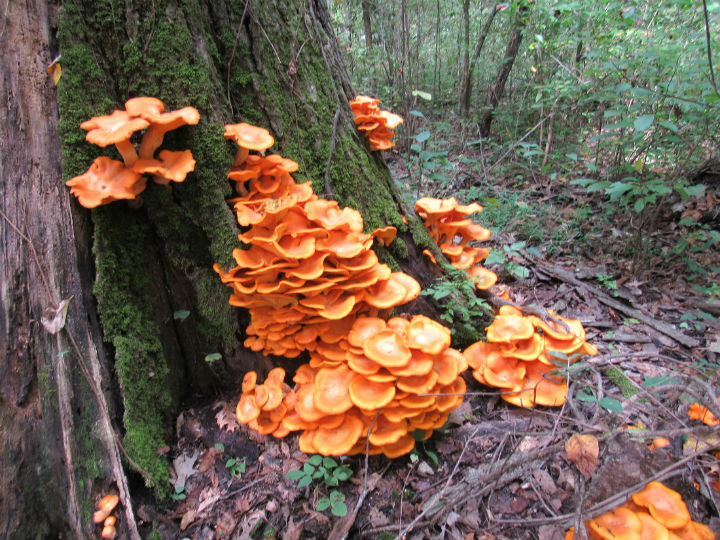
The most commonly seen turtles were Red-ear Sliders.
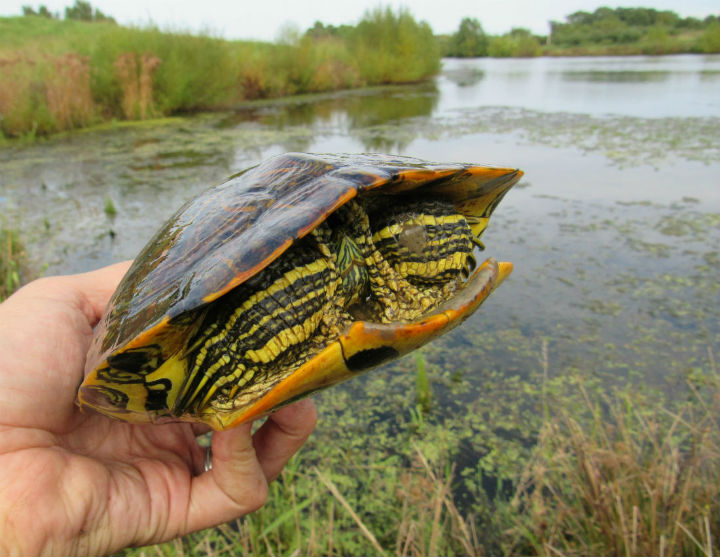
A Crab Spider on White Snakeroot, a wildflower that was commonly seen along hiking trails.
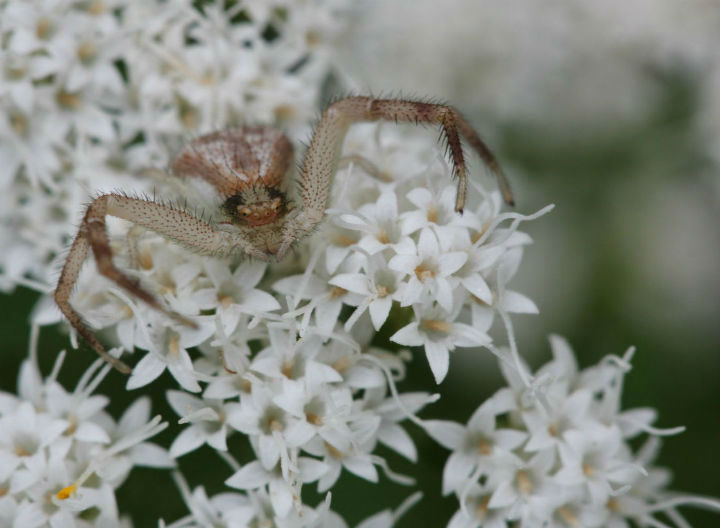
This male Eastern Box Turtle was probably the largest I've ever seen.
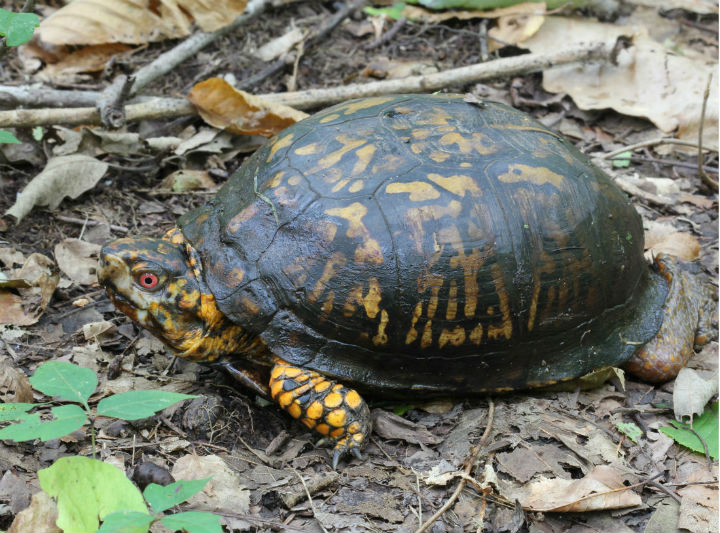
Amphibians were abundant in the swamp near the river, with Leopard Frogs being the most conspicuous.
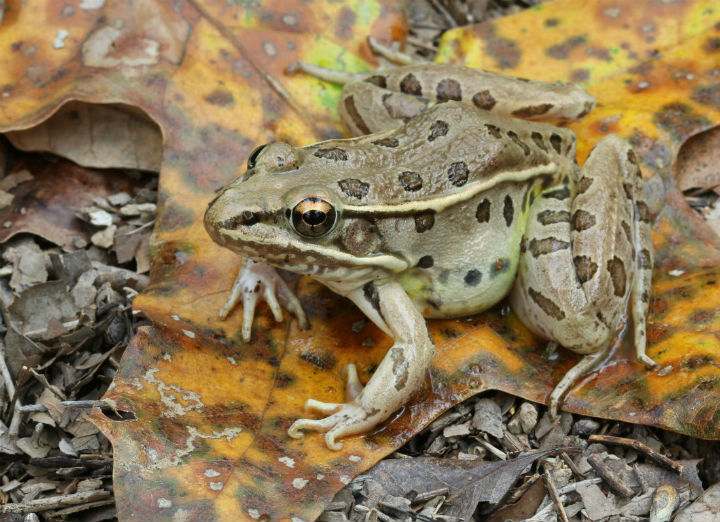
No two are alike!
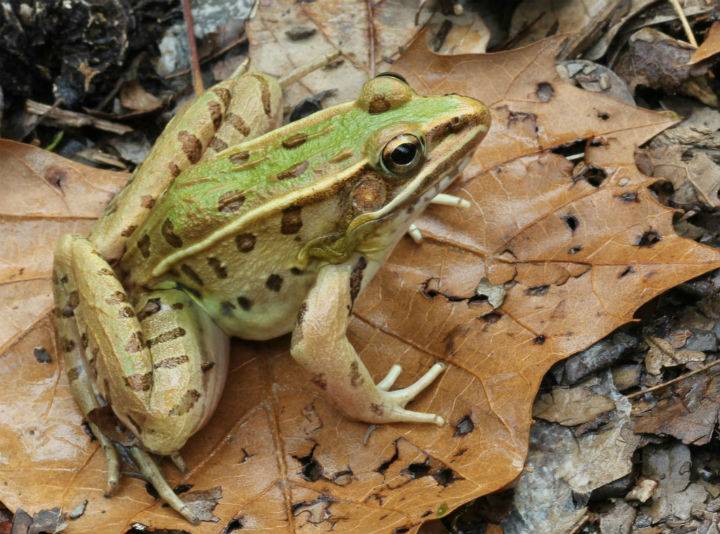
Crayfish.
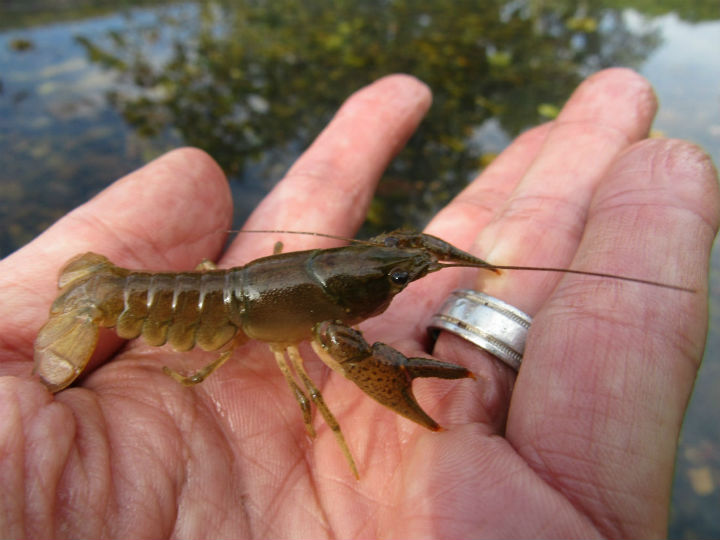
Mole Salamanders have a stocky appearance with a large head and seemingly small legs, kind of like an English Bulldog.
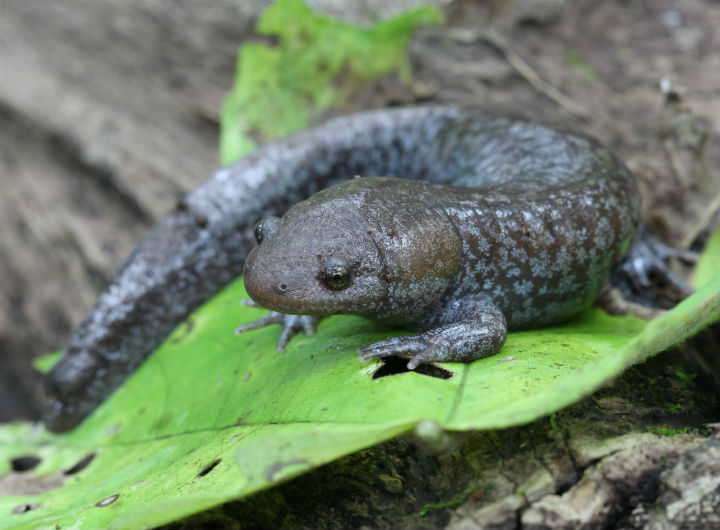
Rabid Wolf Spiders were in no short supply, their eyes reflected the headlights of my car when I drove little-used roads at night.
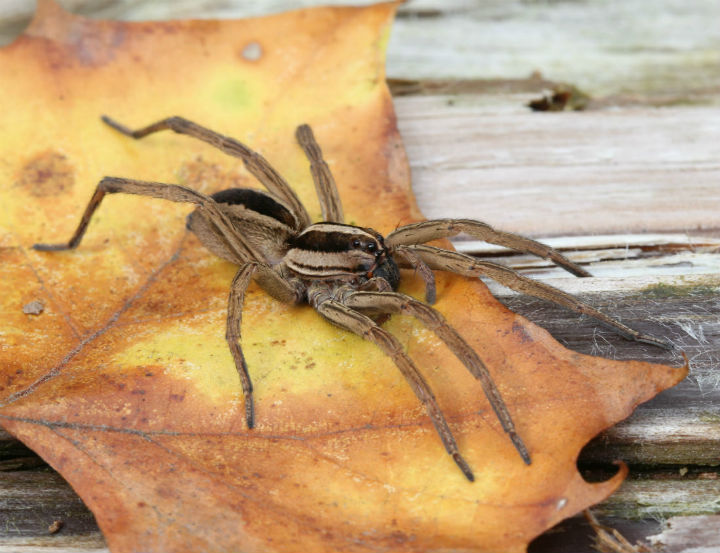
A Slimy Salamander looking majestic.
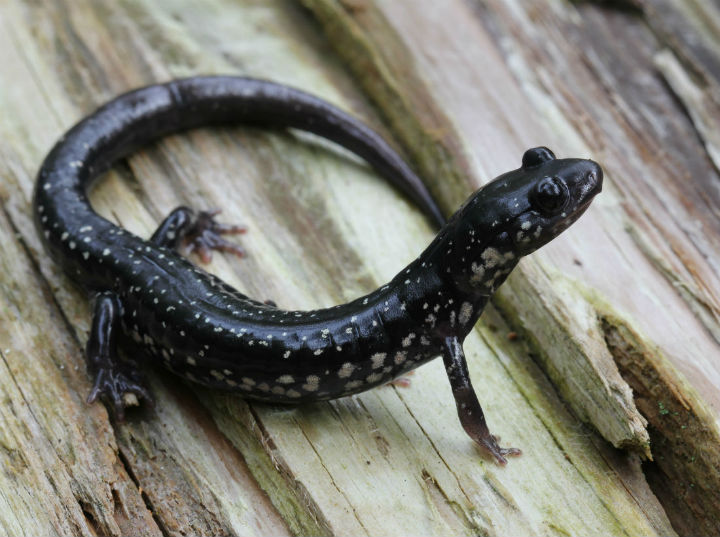
Another commonly seen wildflower was Phlox.
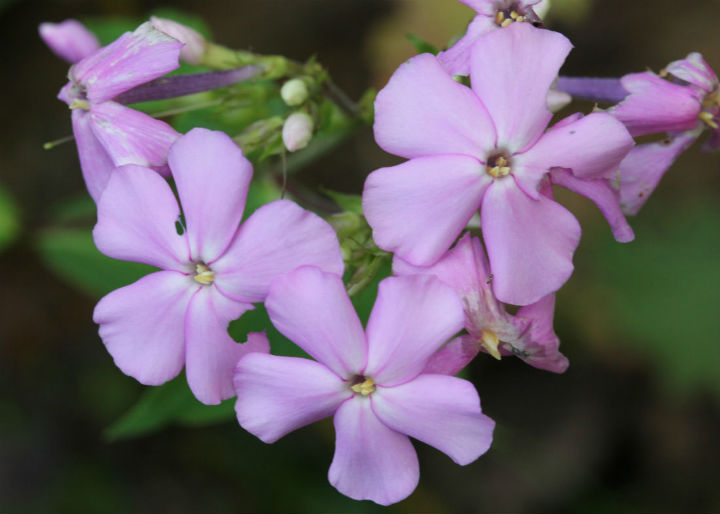
One of the two Marbled Salamanders that I found on the trip.
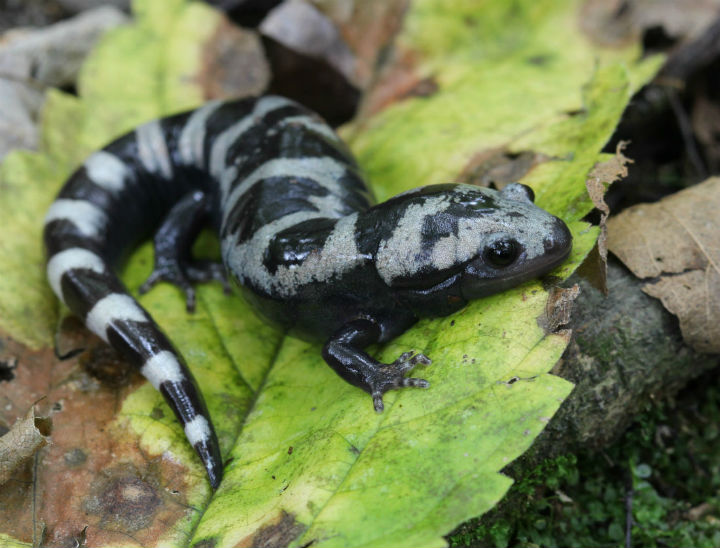
A Cottonmouth saying "cheese" for the camera.
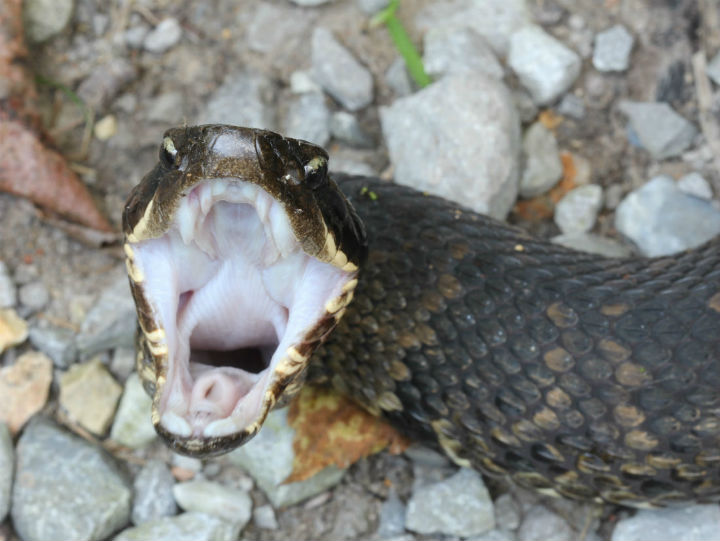
American Toad.
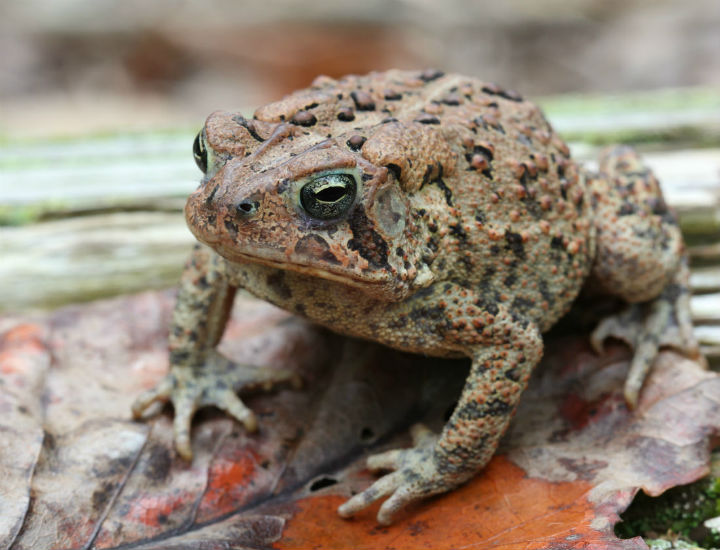
American Bullfrog.

American Giant Millipede.
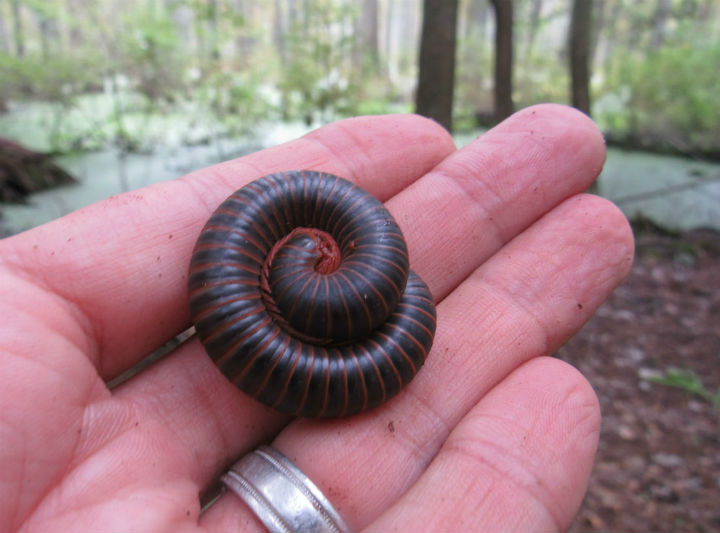
Orange Mycena added some brightness to an otherwise dark woodland swamp.
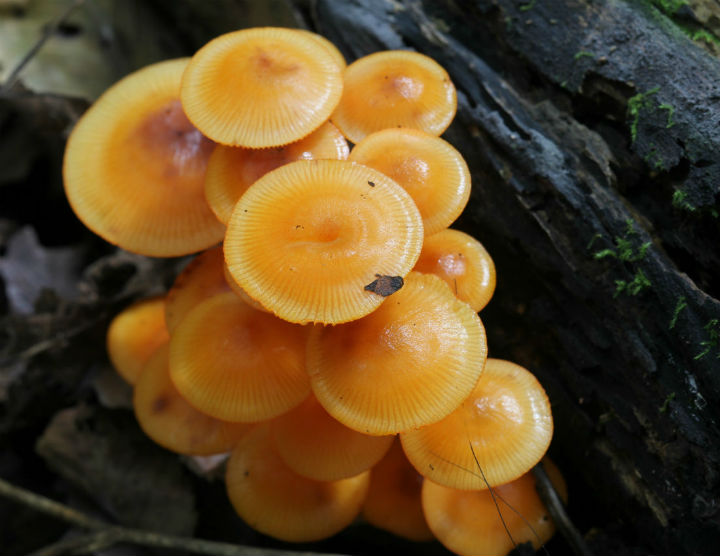
A juvenile Cottonmouth still sporting a bit of yellow on the tip of its tail.
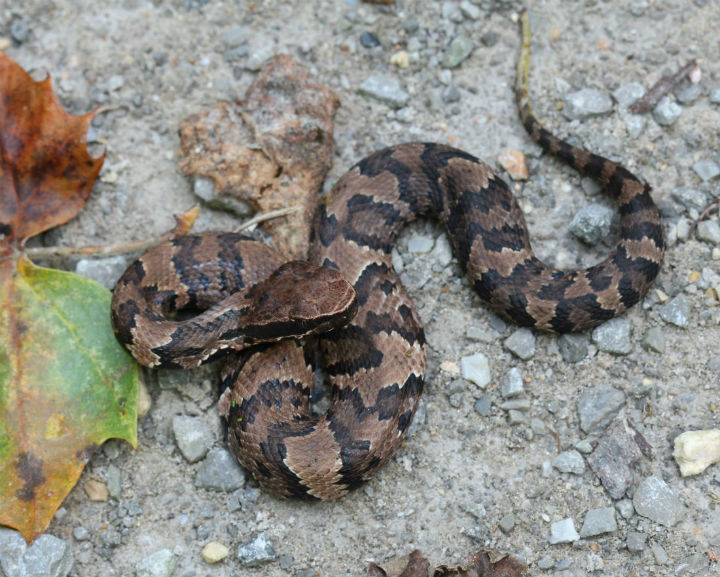
The cypress swamp adjacent to the river.
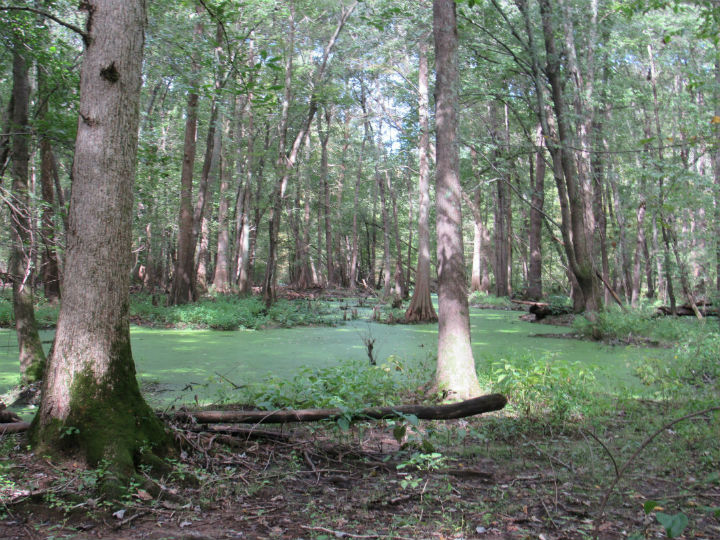
One of the most handsome snakes in the land - Copperbelly Water Snake.
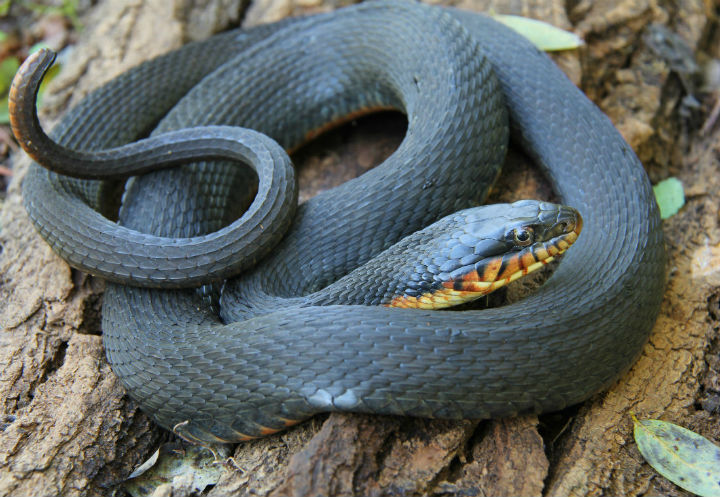
A brown cone-headed Katydid pretending to be a leaf.
